
Do you know the feeling when you're trying to get stuff done but instead end up starting a hundred different tasks and finishing none? Are you always stressing about deadlines and what to do next? As annoying as that is, you're not on your own.
People tend to make things harder for themselves, even (or maybe especially) when they don't need to. This can be irritating in private life, but even seriously damaging if you're a team leader managing a group of people. Prioritization in organizations is especially vital in unsure, changing times like these. You need an organized and effective business process.
This is where digital workflow creation and automation come in. In this article, we'll talk about workflow automation, why you should start using it, and how creating a workflow can be easy with modern tools like workstreams.ai.
What is a workflow?
In short, a workflow is a process of how you get stuff done.
A business workflow is a series of tasks or activities that team members must complete to achieve an objective. It's a process that specifies all the individual steps, resources, and people needed to complete a project.
You can implement workflows in various fields, such as:
- Business
- Manufacturing
- Healthcare
- Technology and IT, to name a few
Digital automated workflows help to streamline processes, increase efficiency, and reduce errors. They can be very simple or complex – involving just a few individuals or multiple teams.
However, they always have one thing in common – a clear design that helps you ensure everything gets done efficiently and always on time. Not only that – 61% of executives say that automated workflows leave employees with more time and headspace to focus on more productive, creative, and strategic work while boosting morale at the same time.
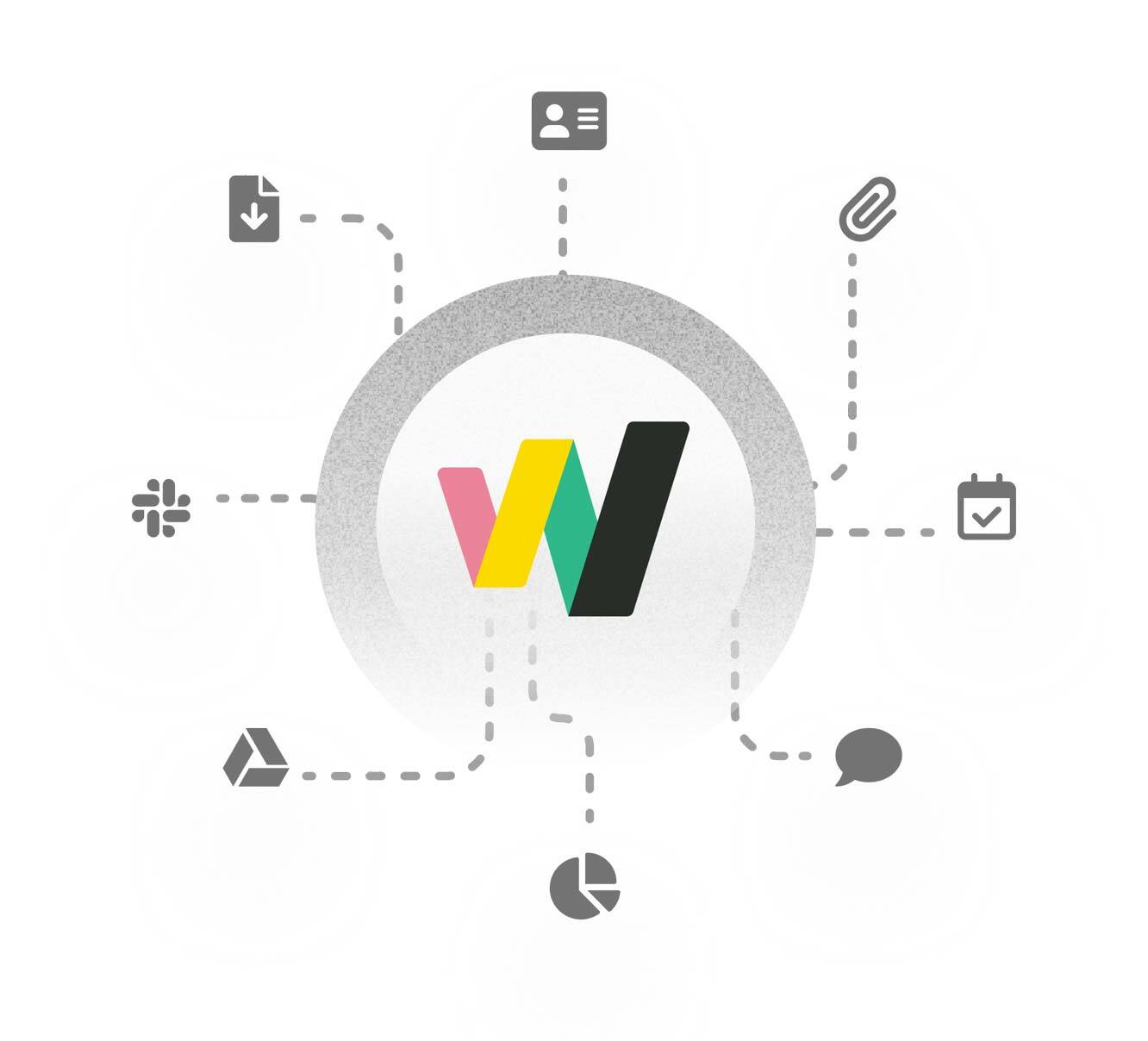
Easy signup, no credit card required.
Creating a workflow: Benefits
A well-optimized, automated workflow provides these benefits:
- Increases efficiency by streamlining processes and reducing the amount of time and effort wasted on redundant or repetitive tasks
- Ensures all tasks are completed, reducing the risk of errors and improving the overall quality of work
- Makes communication among team members and stakeholders clearer and smoother by clearly defining roles, responsibilities, and timelines, ensuring that everyone is always on the same page
- Better resource allocation thanks to easier identification of needs
- Provides visibility into the current status of all tasks and projects, making it easier to track progress, identify bottlenecks, and make adjustments as needed to improve business processes across the board
- Standardizes processes within your organization, making it easier to train new employees
Simply put, it's all about maximizing efficiency and productivity, leading to massive time and cost savings. 71% of highly aligned companies reported increased revenue. If that doesn't sound appealing, we don't know what will.
Creating a workflow: A step-by-step guide
Choosing and creating a workflow template that will work for you and your team might seem like a daunting or overwhelming task. Don't worry – we've got you covered. Take things one step at a time and follow our tips on creating your first workflow that works.
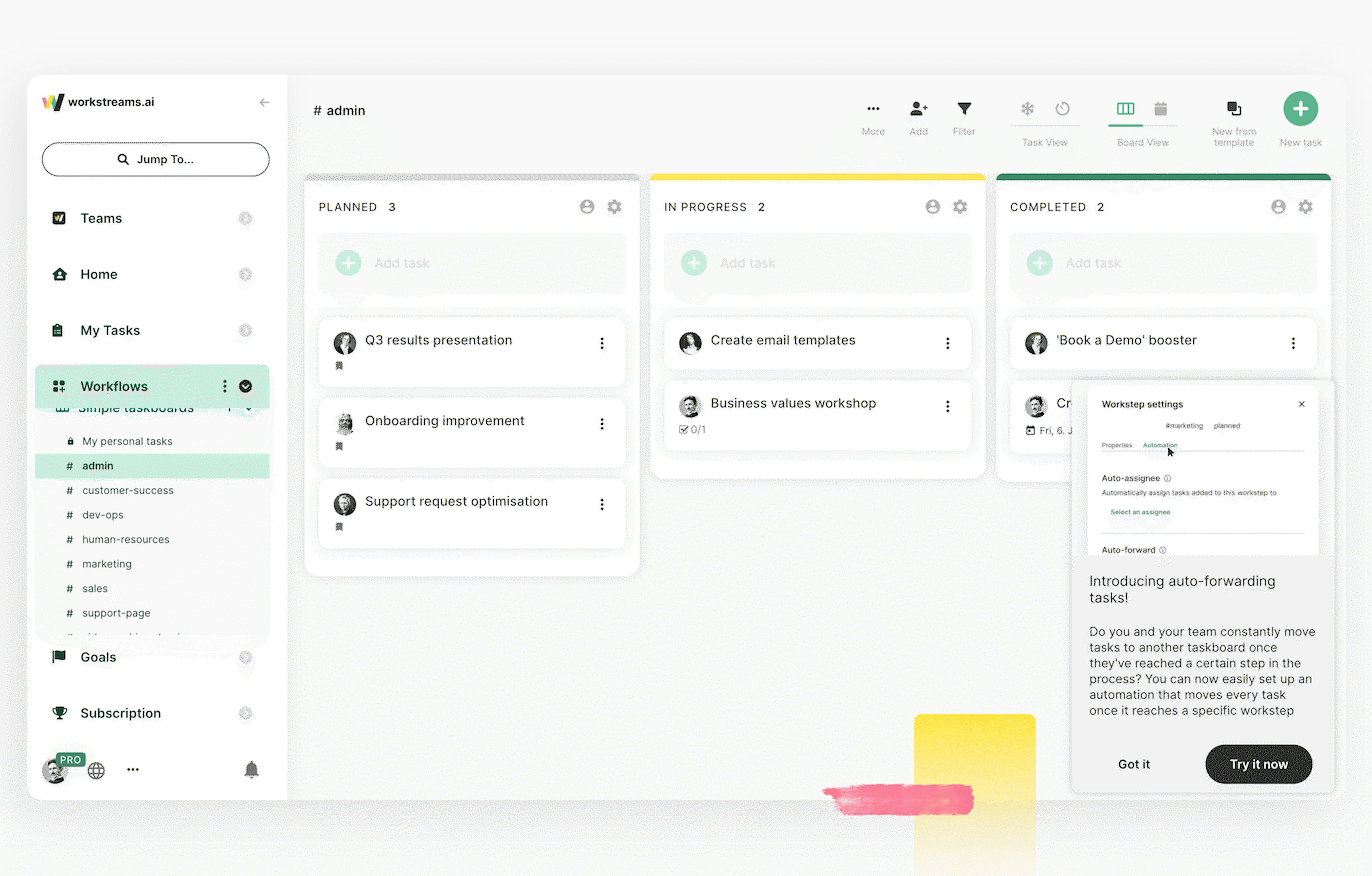
Image source: workstreams.ai
Analyze your current workflow
First, take a step back and look at what you already have going on with your existing project management workflow. Are you using paper forms and weekly planners? Are there already some digital forms in use at your workplace?
Map out your current workflow steps to be able to see them in a new light. Next, ask your employees what’s working for them and what they'd like to see improved.
Analyze your data to identify trends – don't settle for opinions only. Look for any areas in need of optimization based on previous results. A visual representation of facts and numbers can be super helpful to spot patterns, e.g., what you're spending the most time on or doing most frequently.
For more detailed information on this step, check out our workflow analysis guide.
Identify the task steps, roles, and deliverables in your business process
The next step would be to identify all the individual aspects of your entire business process.
List all the little tasks that must be accomplished, even those seemingly unimportant. Try to break them down into as many sub-steps as possible.
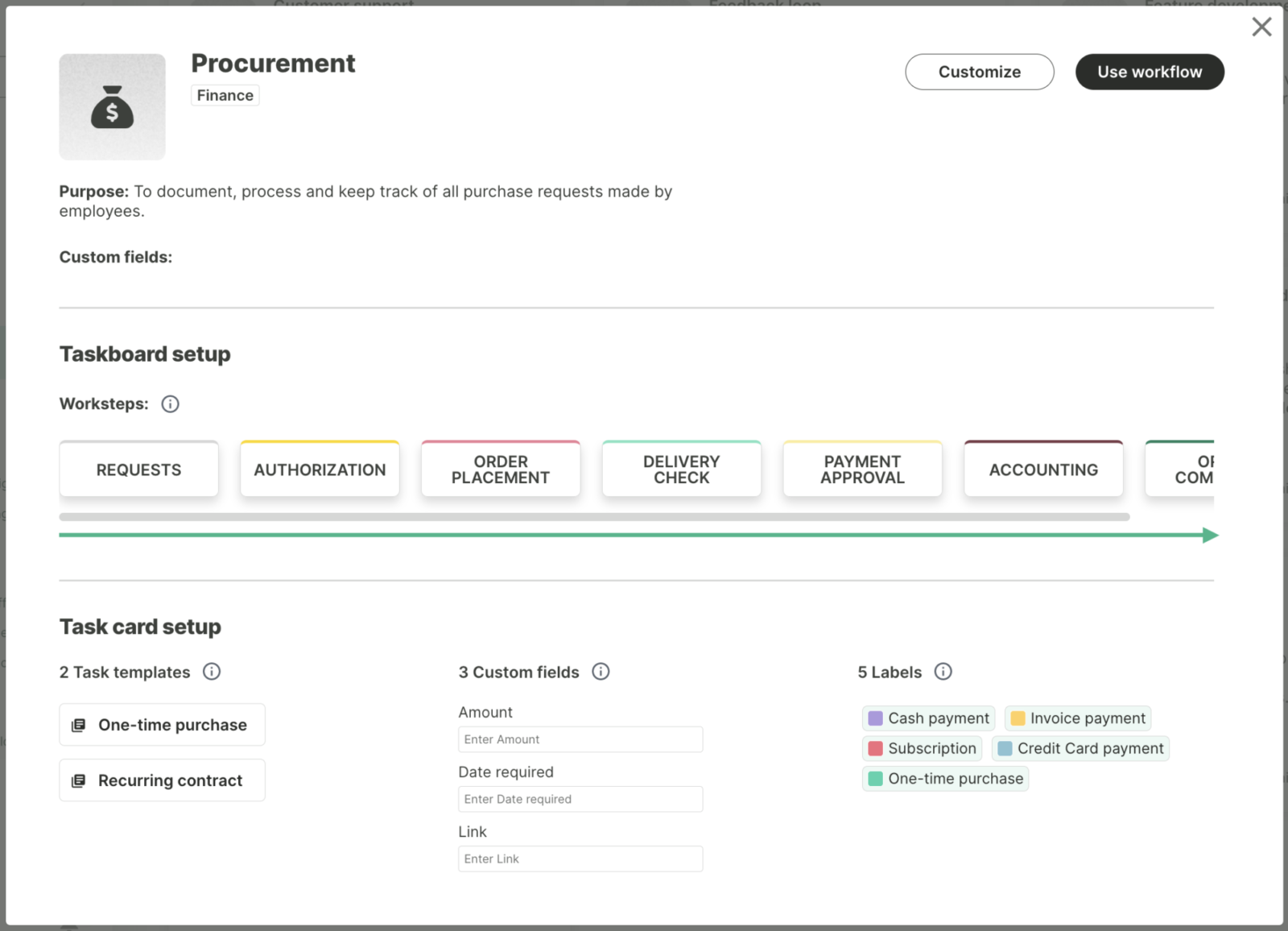
Image source: workstreams.ai
This will give you a pretty good understanding of how complicated your updated workflow should be – whether it'll be more of a linear path or a highly structured, graph-like structure with parallel or conditional tasks.
Once you have an overview of everything that must be done during hiring, procurement, or advertising, focus on the people involved in these projects. Pick out the best team member or group to handle each task.
In an effective workflow editor like workstreams.ai, some activities may be moved onto the next step automatically after being done, while others might need verification and approval from a manager.
Consider project stakeholders' specific roles and responsibilities in this process. It's essential to make all information they need easily accessible. Process owners can decide for themselves who can view and edit all the tasks and information related to their project.
Lastly, we suggest you create workflow diagrams with all your collected data to help you visualize your workflow and the complete project management system. You'll get a clear idea of how to create a workflow for each aspect of your business processes.
Use a workflow management platform
Now that you have a rough outline of what you want to achieve, it's time to pick a workflow and team management tool. Select an easy-to-use workflow software like workstreams.ai – because it should make your business processes more manageable, not more difficult.
Effective workflow platforms should always include integration options. This function allows you to easily integrate them with other apps you're already using.
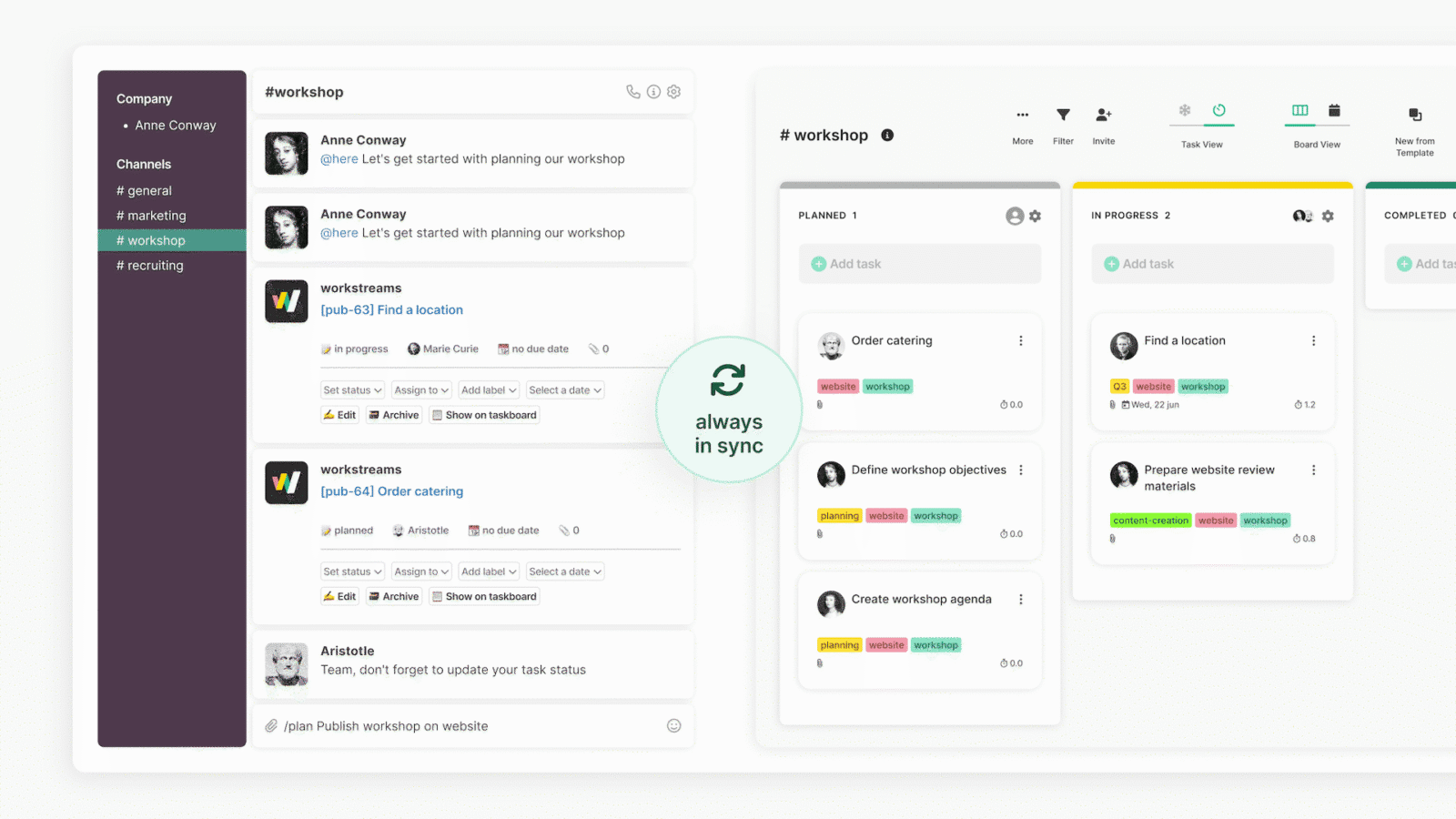
Image source: Slack
This is what you get with workstreams.ai:
| Integrated platforms | Benefits |
|---|---|
| Slack and Microsoft Teams | manage tasks through platforms where your team is already discussing ideas |
| Trello | all changes you make in the project management tool are synced with your worsktreams.ai board |
| Gmail and Outlook | connect these with the in-app calendar |
| Webhook | allows developers to push data from various sources into workstreams.ai and create tasks out of it |
You'll find that workstreams.ai makes even complex workflows easy to manage with its built-in templates and automation. Other practical functions of this software include:
- Time allocation to estimate task duration based on previous data
- File attachments for comfortable information storing and viewing
- Archiving, prioritizing, and identifying frozen inactive tasks so you always know what needs your attention
- Performance indicators and stats to boost your team's productivity
Test your workflow process and collect feedback
Workflow templates can look fantastic but be a bit impractical in real life. Have your team test your new digital workflow by going through it as usual and providing feedback.
Don't worry if you get a lot of complaints. That's the whole point of this step!
Involve as many people as possible with various specializations and capabilities – the more different perspectives, the better. The point is to improve collaboration and make your new solution as user-friendly and intuitive as possible for the entire crew.
Train your team to use the new workflow
Remember that the people do the actual work, not the software. It won't do you any good to have the most advanced project management tool in the world if your team doesn't know how to use it.
The problem is that people hesitate to let go of their current processes and practices.
The way to overcome this is with a well-constructed training program to help your crew gain confidence in using the new system. Make sure everyone knows what they're doing and what they're trying to achieve.
Implement the new workflow
All set and done? Well, it's about time to start using your new workflow!

Image source: workstreams.ai
It may be a good idea to have a small team use the automated workflow first, as a real-time test run. If you're impatient, you can go all in and always go back to fix, modify, and update anything that needs changing.
Creating a workflow with workstreams.ai
If you want to excel and boost your team's productivity, worsktreams.ai is your go-to workflow management system. The first step is to register, of course.
Once you're signed in, experiment with the intuitive options for yourself. You'll have everything up and running in minutes.

Image source: workstreams.ai
In an interview with Alissa Renz, Roman Roznovsky, a co-founder of workstreams.ai, describes the effective workflow tool in these words:
“workstreams.ai is designed to empower individuals to prioritize, collaborate and, ultimately, get things done. It’s more than just a web task board. … It’s a versatile yet easy-to-use AI-powered platform that provides a lot of knowledge and insight that can be used cross-departmentally to enhance productivity.”
Here's what the platform can help you with:
- Create a workflow tailored to all your use cases, from hiring and employee onboarding to marketing campaigns, product design, or improvement of your sales team results
- Easily integrate with other workplace optimization and communication software you're already using to make processes run smoother than ever
- Customize the ready-to-use templates to create workflows that are entirely your own; editing is simple even if you don't have much technical knowledge
- Reduce redundant tasks with flexible and complex automation options
- Ensure a free flow of information and clear prioritization, which is something that 81% of employees expect from their managers
Check out seven workflow examples you can create with workstreams.ai.
Conclusion
Digital business workflows are the way to go if you want a workflow that gets you and your team to the desired outcome without hassle. Unlike paper forms or spreadsheet solutions, workflow management software options allow much more efficient collaboration, even among multinational, remote co-workers.
The workstreams.ai AI technology helps to leverage data to make new and repetitive tasks run smoother. Task estimations are done automatically and more precisely than (more frequently than not) false human expectations. Moreover, AI can increase value-added decision-making by up to 80%.
Visual representation of each process in workstreams.ai allows you to quickly identify the areas needing attention with solutions like color coding. Your workload will be transparent and easy to navigate with this intuitive solution.
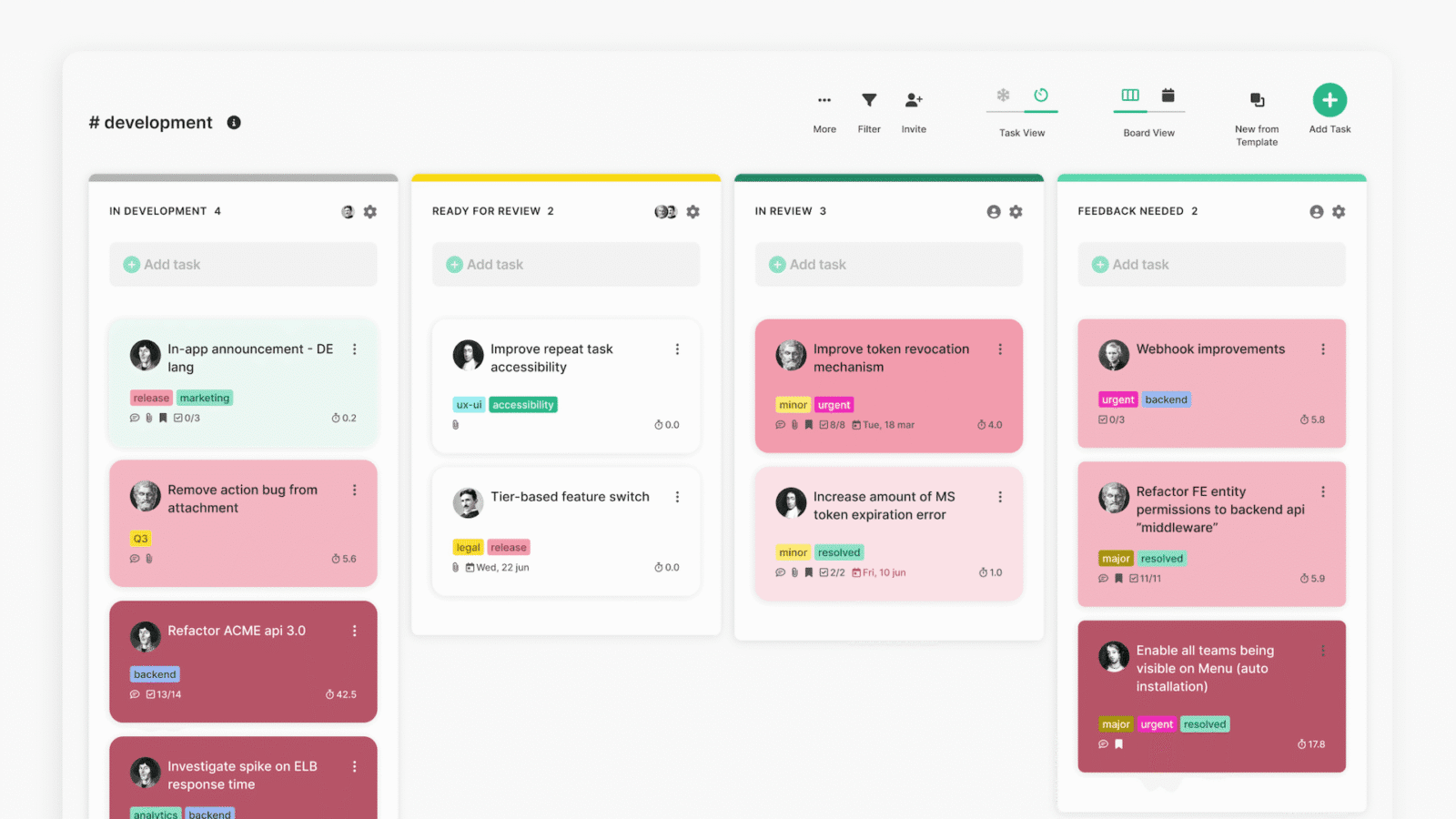
Image source: Slack
Sign up for a free demo to see how effectively you can manage workflows within your company with workstreams.ai.
FAQs
What does it mean to create a workflow?
Creating a workflow means designing a sequence of tasks or activities that need to be done to achieve a specific goal. This setup may involve multiple individuals or teams, as well as particular inputs or resources which will be available at specific points in the process.
The general goal is to increase efficiency within a company, reduce errors, and ensure all tasks are completed in a timely and organized manner.
How do you create a simple workflow?
The basic steps include the following:
- Defining the goal or objective
- Identifying the tasks that need to be done and breaking them down into smaller, more manageable steps
- Determining the order in which the tasks should be completed
- Assigning responsibilities
- Setting realistic and achievable timelines or deadlines
- Testing and adjusting as necessary along the way
- Setting up clear and easy-to-use communication systems to make sure everyone understands all the essential details
What should a workflow include?
Every workflow should include these components:
- A clear goal and objective
- Tasks and activities that need to be completed
- A defined order in which tasks need to be done
- Responsibility delegation
- Deadlines for each task
Can you create a workflow in Excel?
It's possible to create workflows in Microsoft Excel using the spreadsheet format, some formulas, and formatting. Still, we wouldn't recommend this tool as a workflow management system. Excel needs more practical options and functions you can find in workstreams.ai or most other workflow software, such as collaboration options, integrations, automation, and tracking and reporting.


